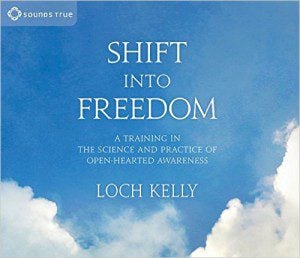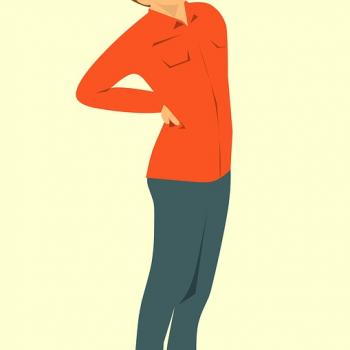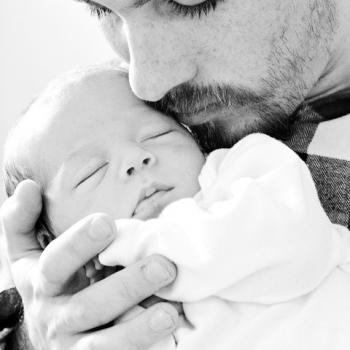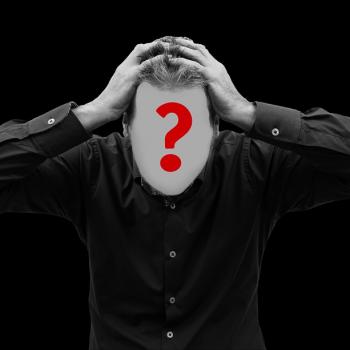
On the physical level, if we forget to eat, we will die, so our body registers our need for intake of food as hunger pains. Hunger creates unpleasant feelings of dissatisfaction that motivate us to crave food, seek it, possess it, and consume it. As such, desire, seeking, and dissatisfaction are natural on the everyday level. When our bellies are full, our bodies produce sensations of pleasure and satisfaction.
Our suffering begins when ego-identification mistakes itself to be a real physical entity and then looks outside for “nourishment.” Because ego-identification is a mental construction and not a living creature, it doesn’t need food. Nor does it need to be fearful or protective, because it is only a pattern of thought and cannot be hurt. However, when ego-identification believes it is the physical creature “I” that has a boundary, it uses the biological survival programs of our ego functions, like hunger, and constantly feels unfulfilled cravings and worries about imaginary potential dangers.
When ego-identification co-opts the body’s survival strategies to defend its illusory identity, it builds a fortress around itself for protection and then feels isolated. Ego-identification perpetually tries to solve problems that are not real, and then—not succeeding—it feels more anxious and develops more strategies. A set of defensive attitudes and patterns of behavior multiplies to preserve its perceived existence.
When self-awareness identifies with our boundary-survival program, we contract our natural boundless nature and feel as if all our life energy is being squeezed into a narrow point of view. Identification with this narrow point of view severely limits us and obscures our connection to the larger and subtler dimensions of life.
For more information, see Loch’s book and audio of meditations, Shift Into Freedom.













